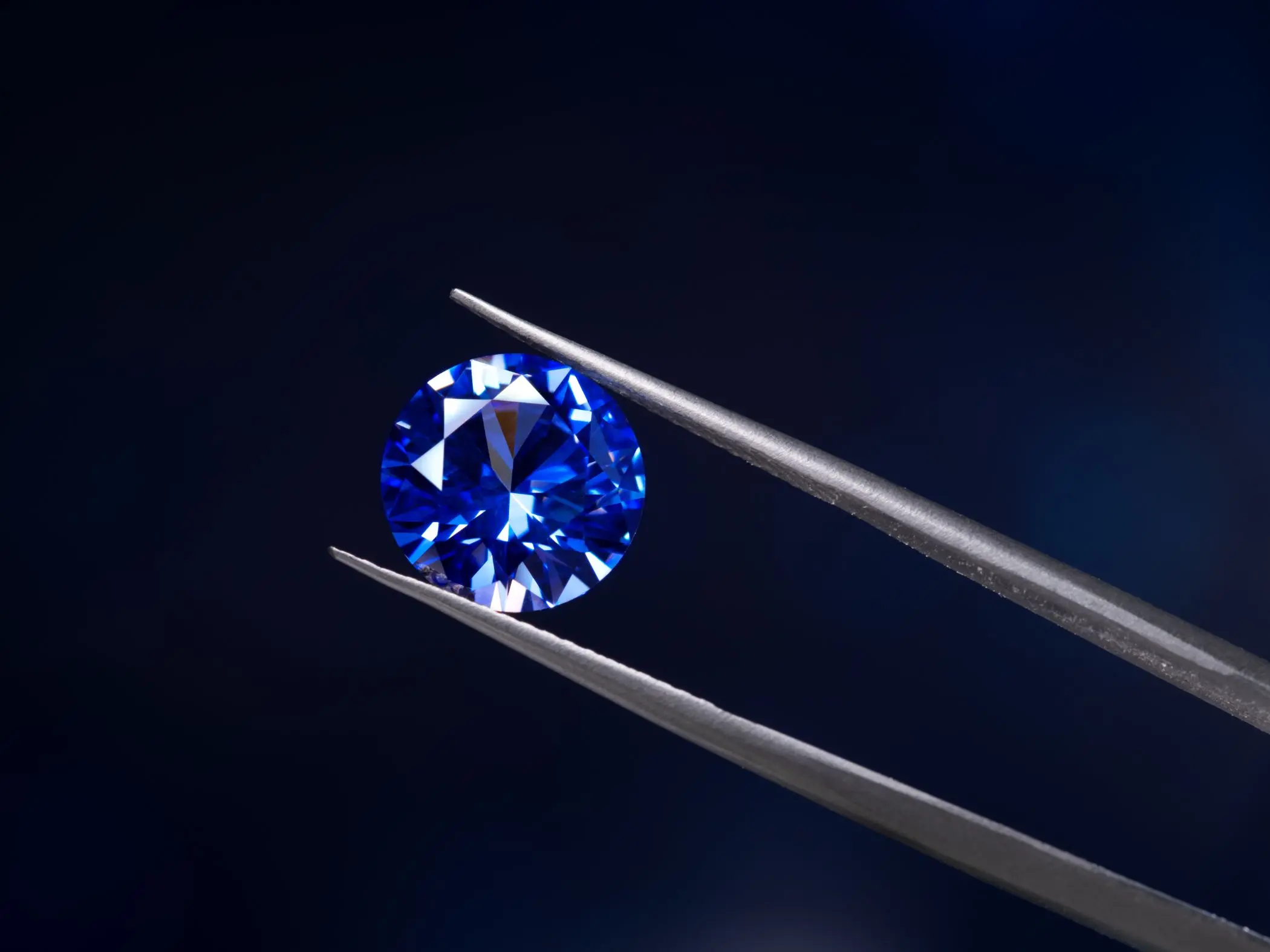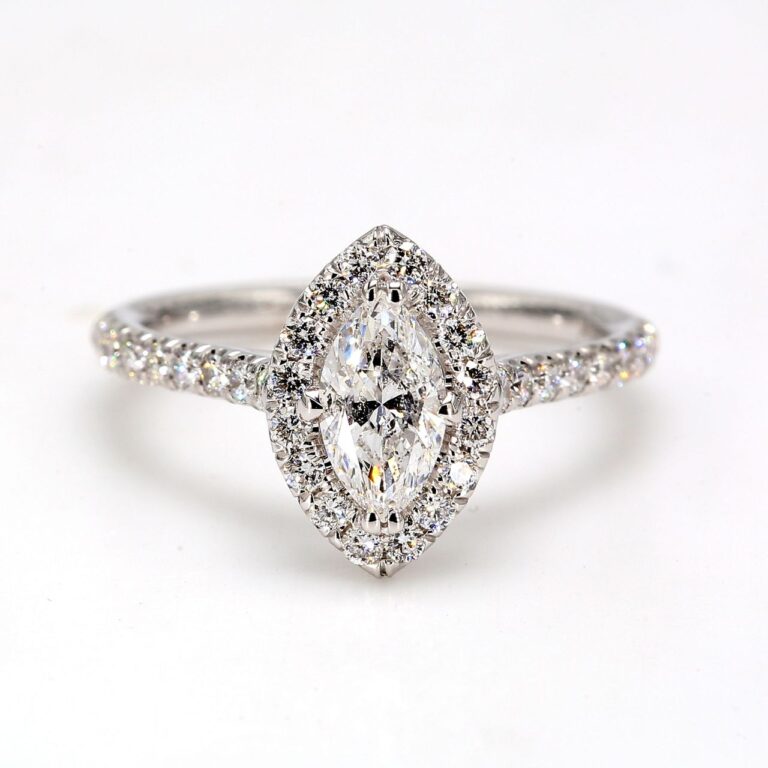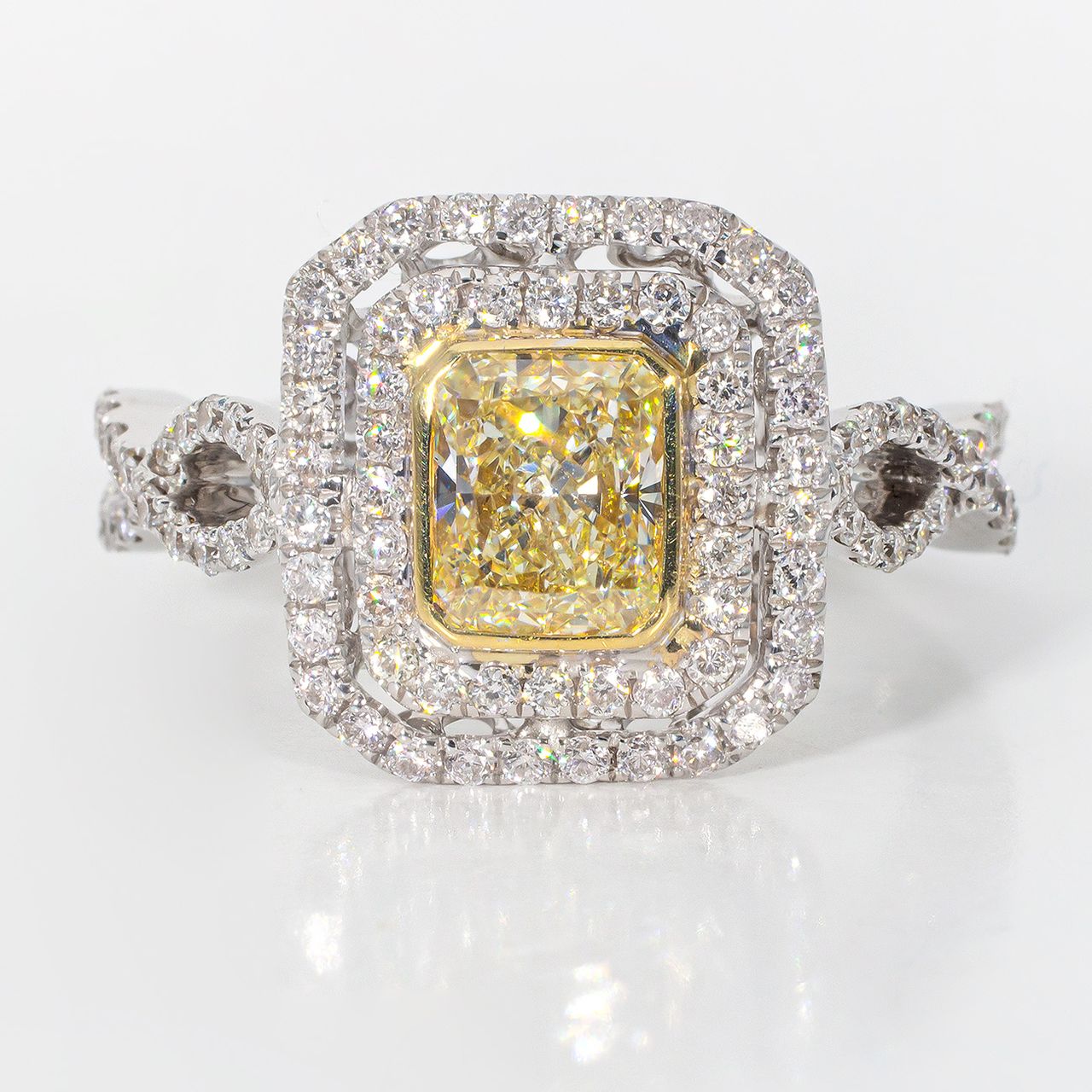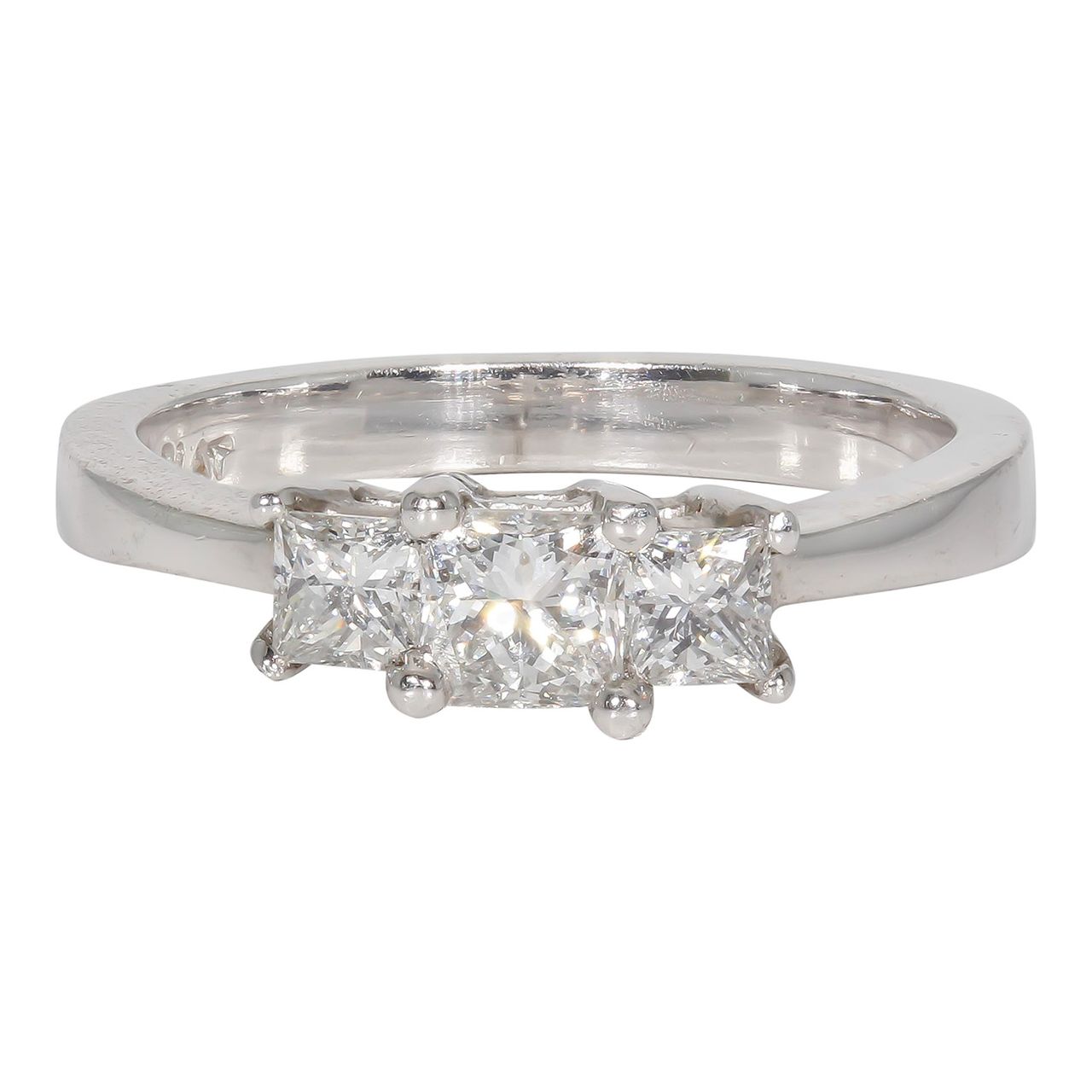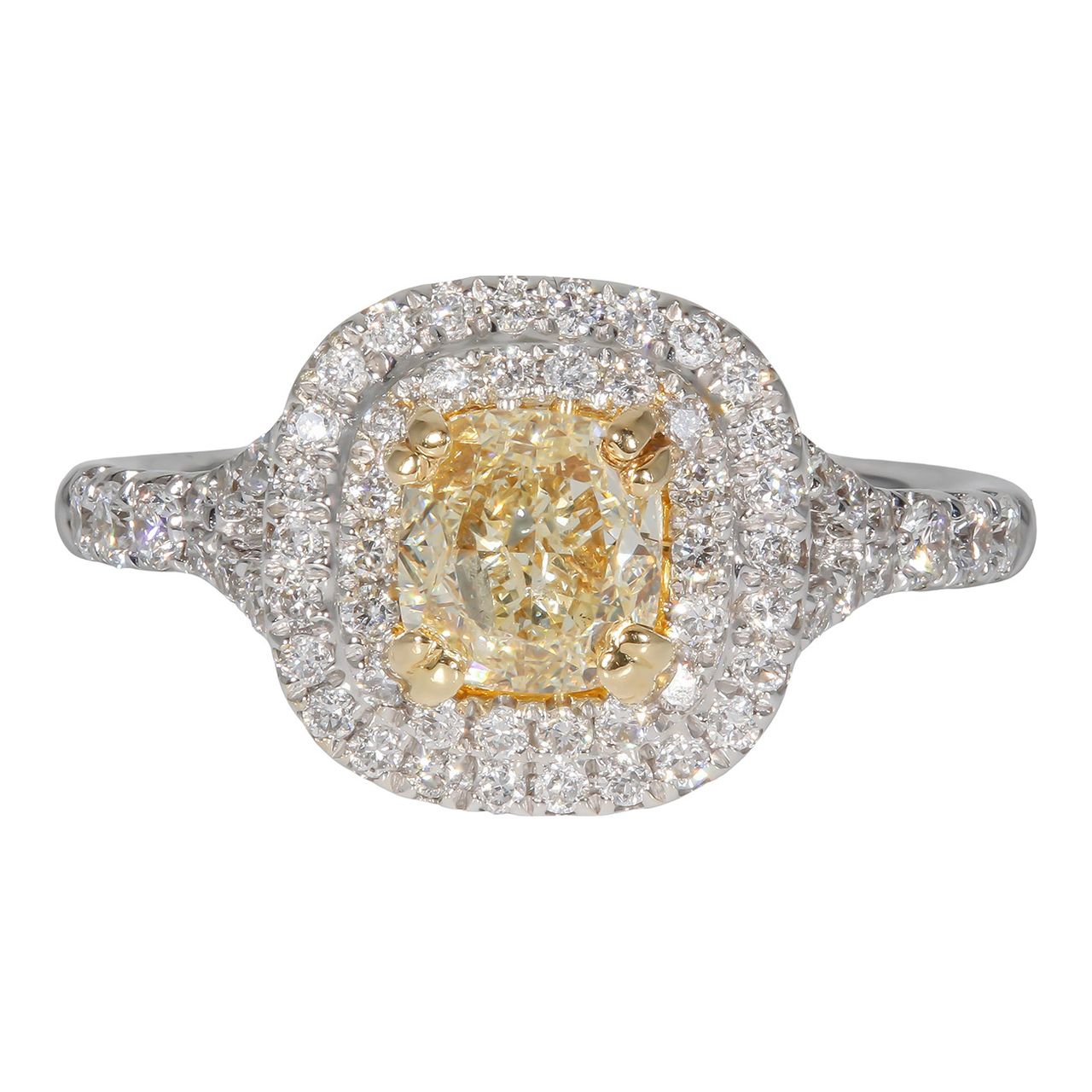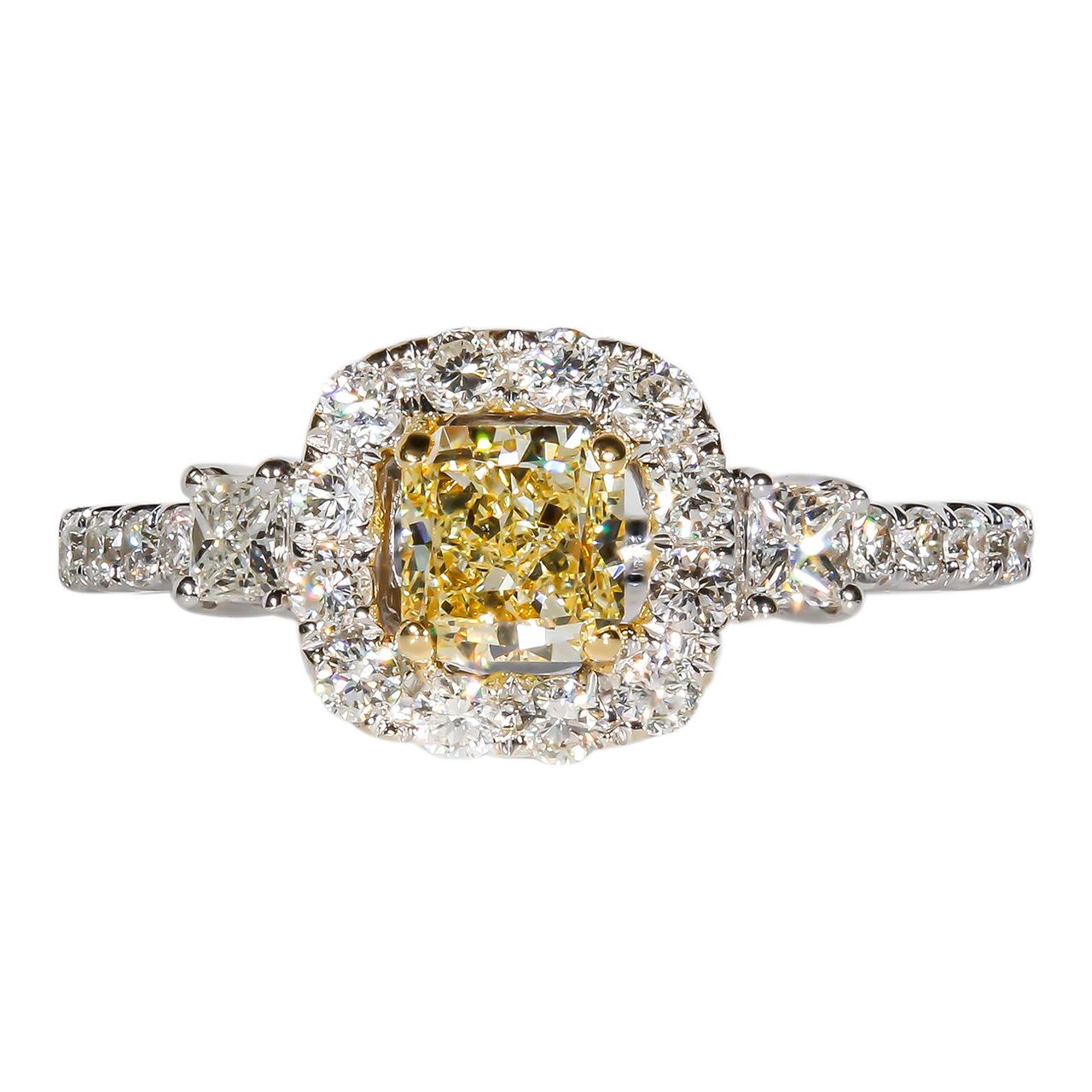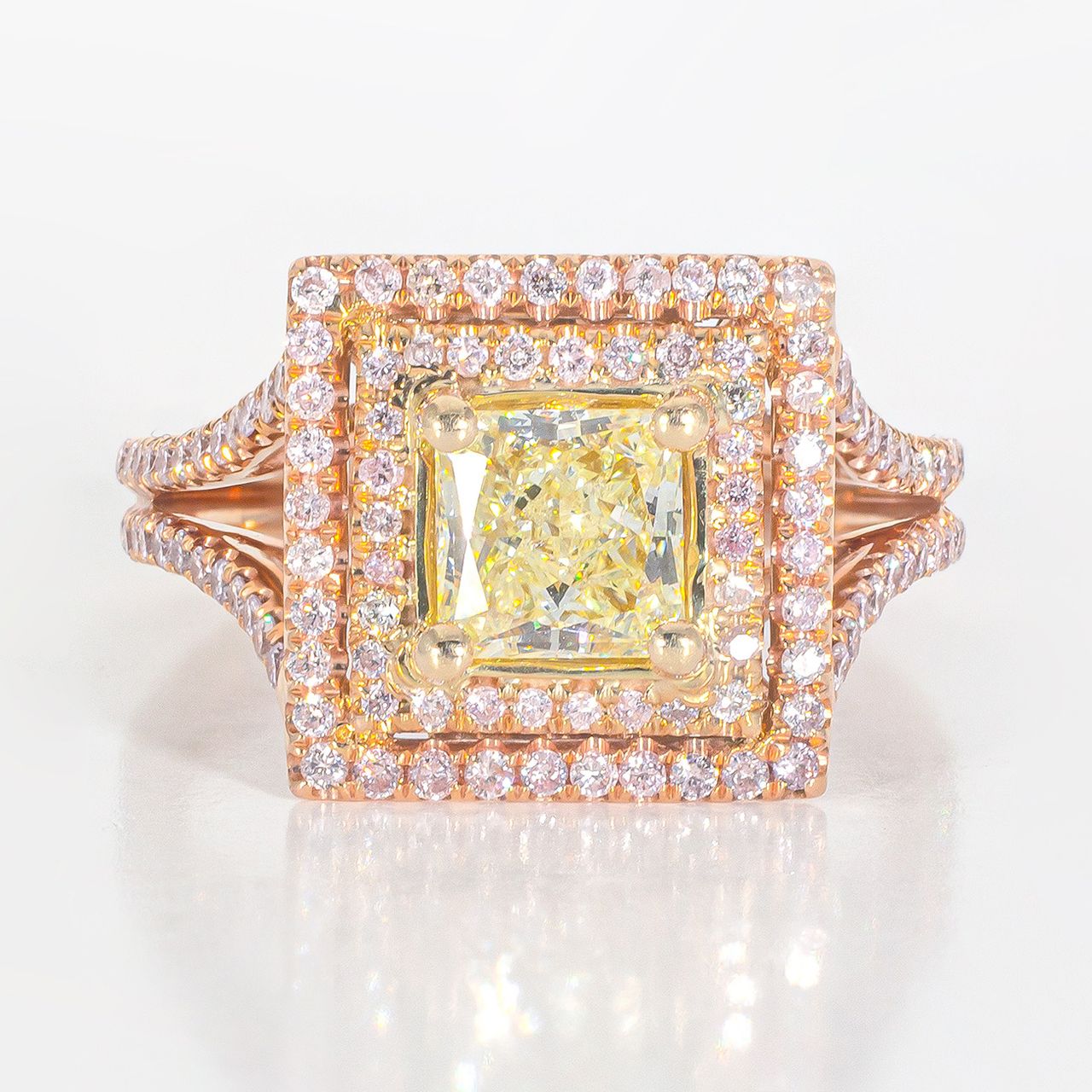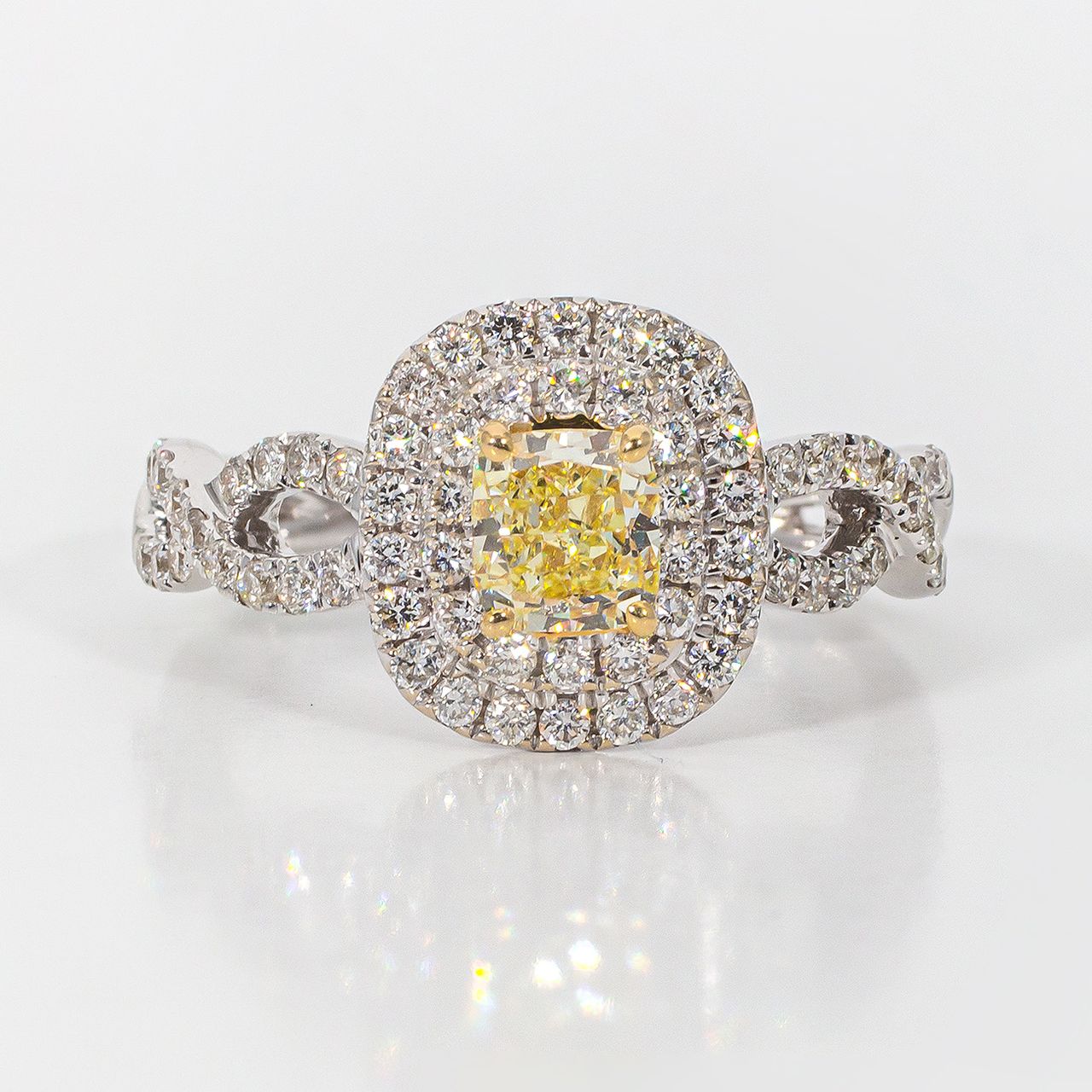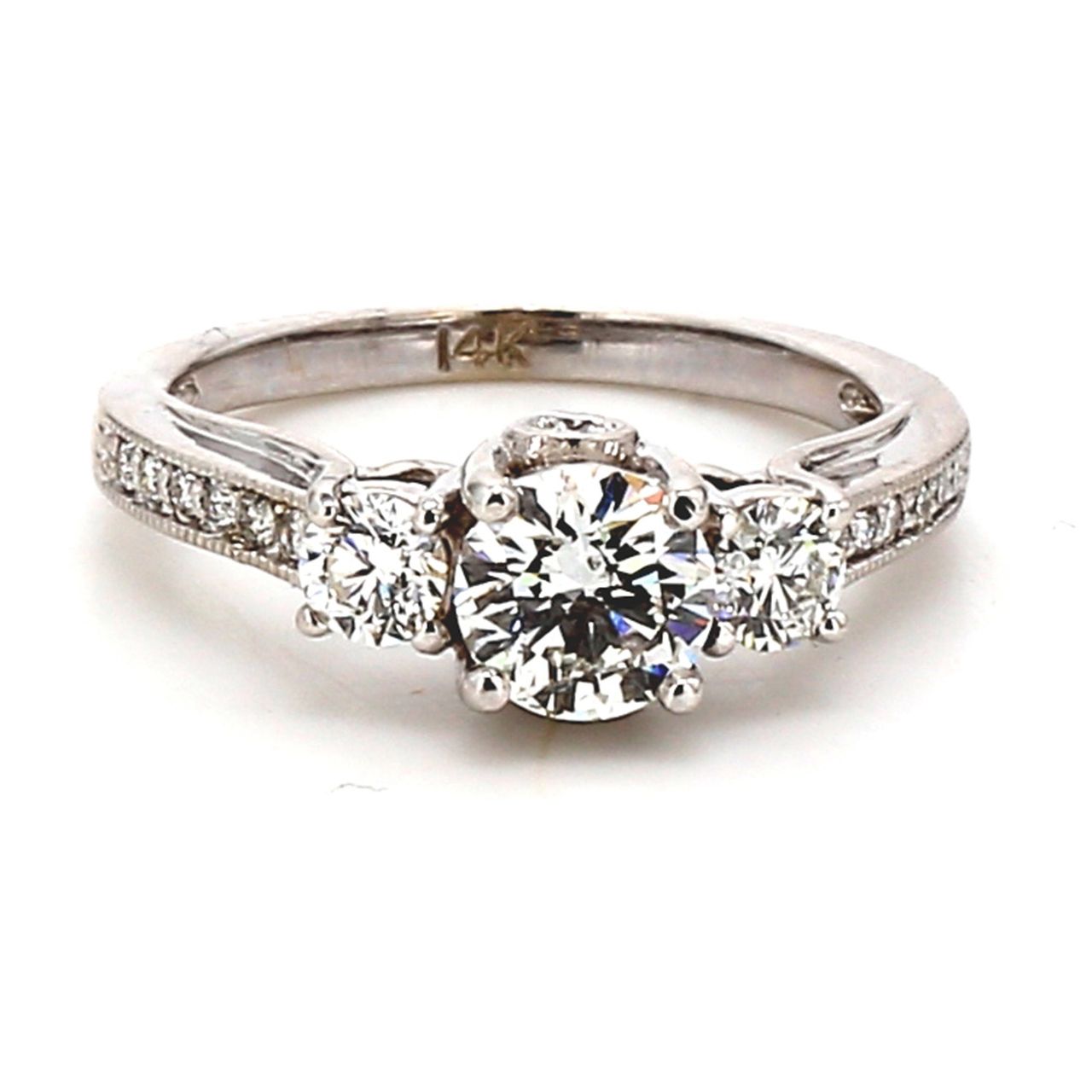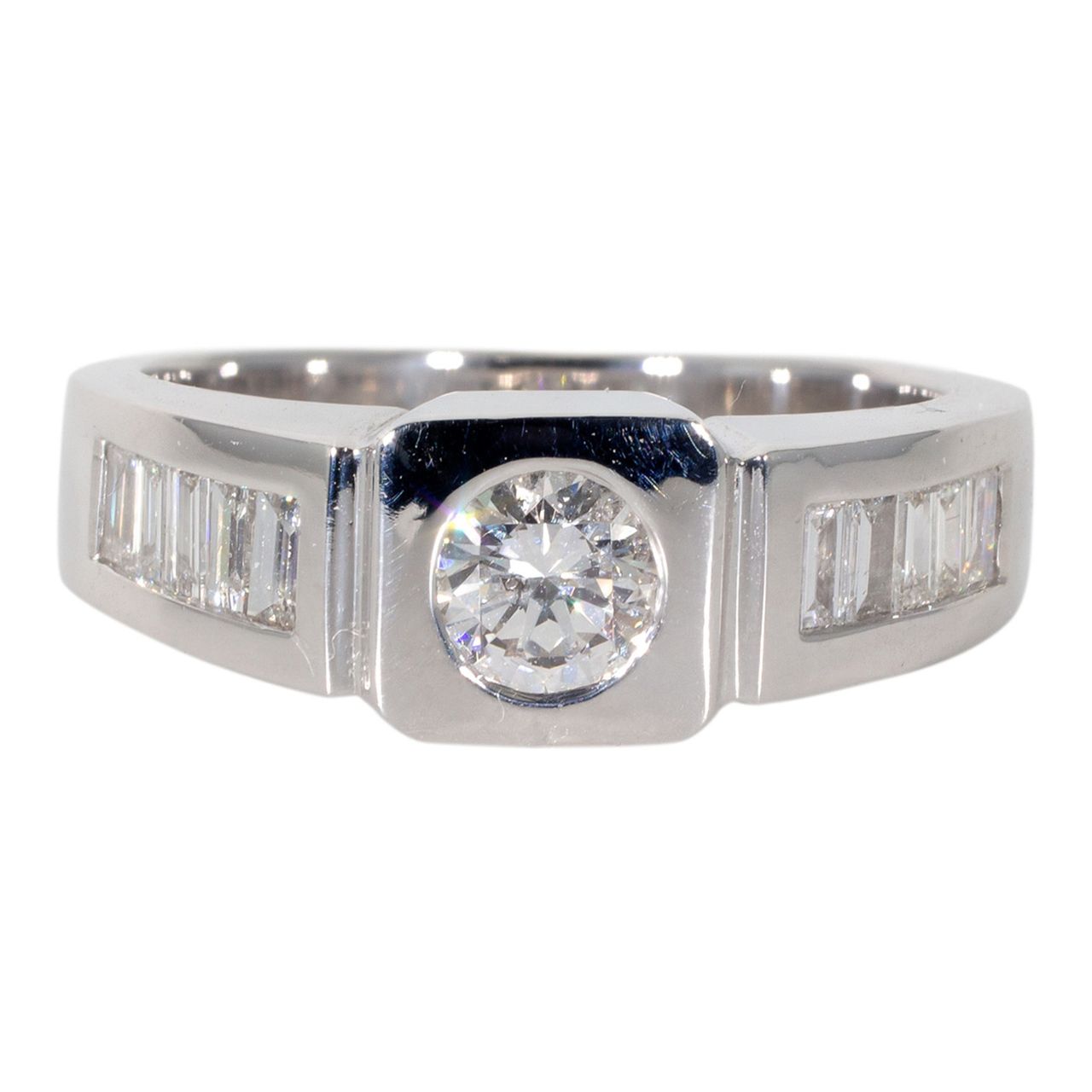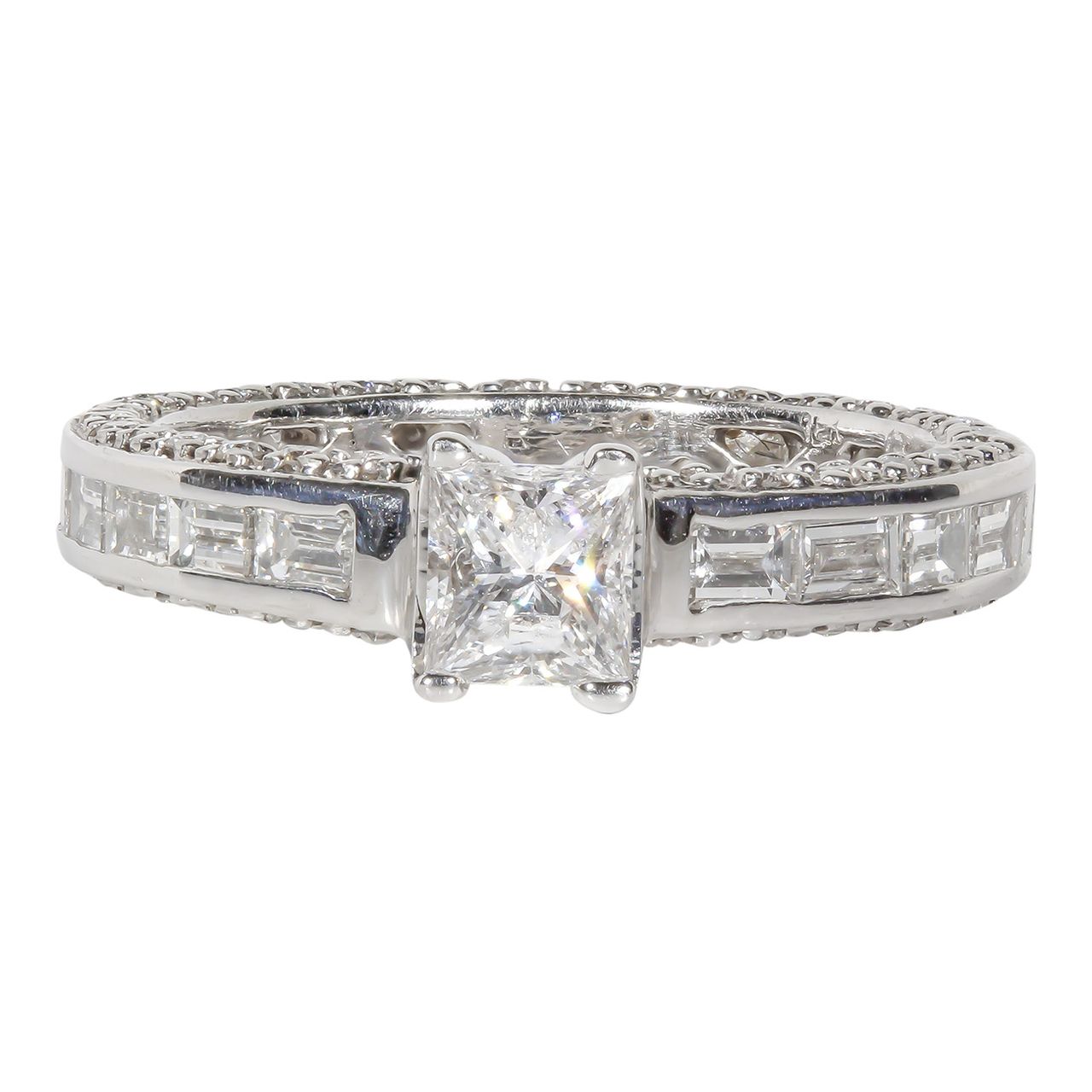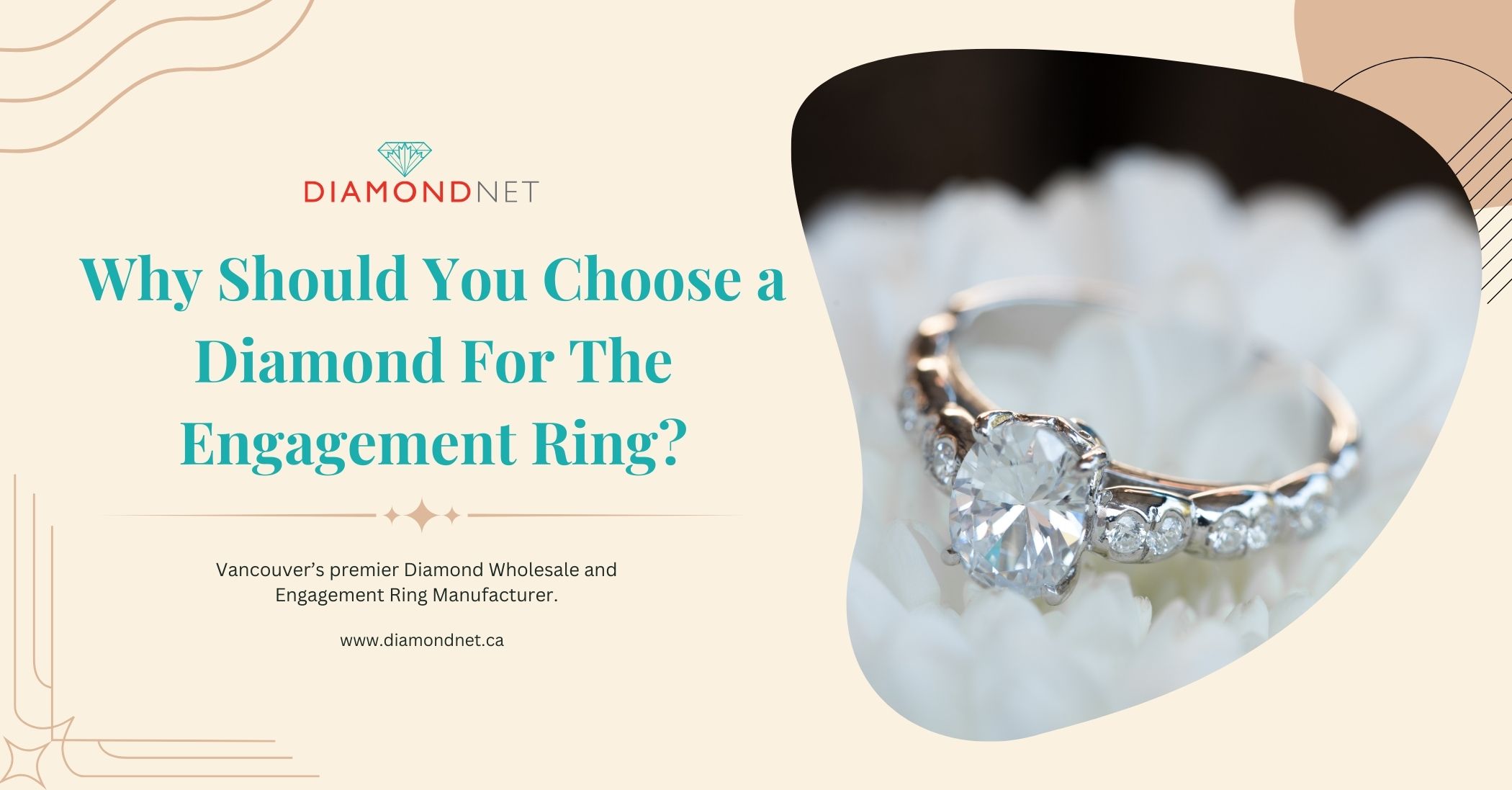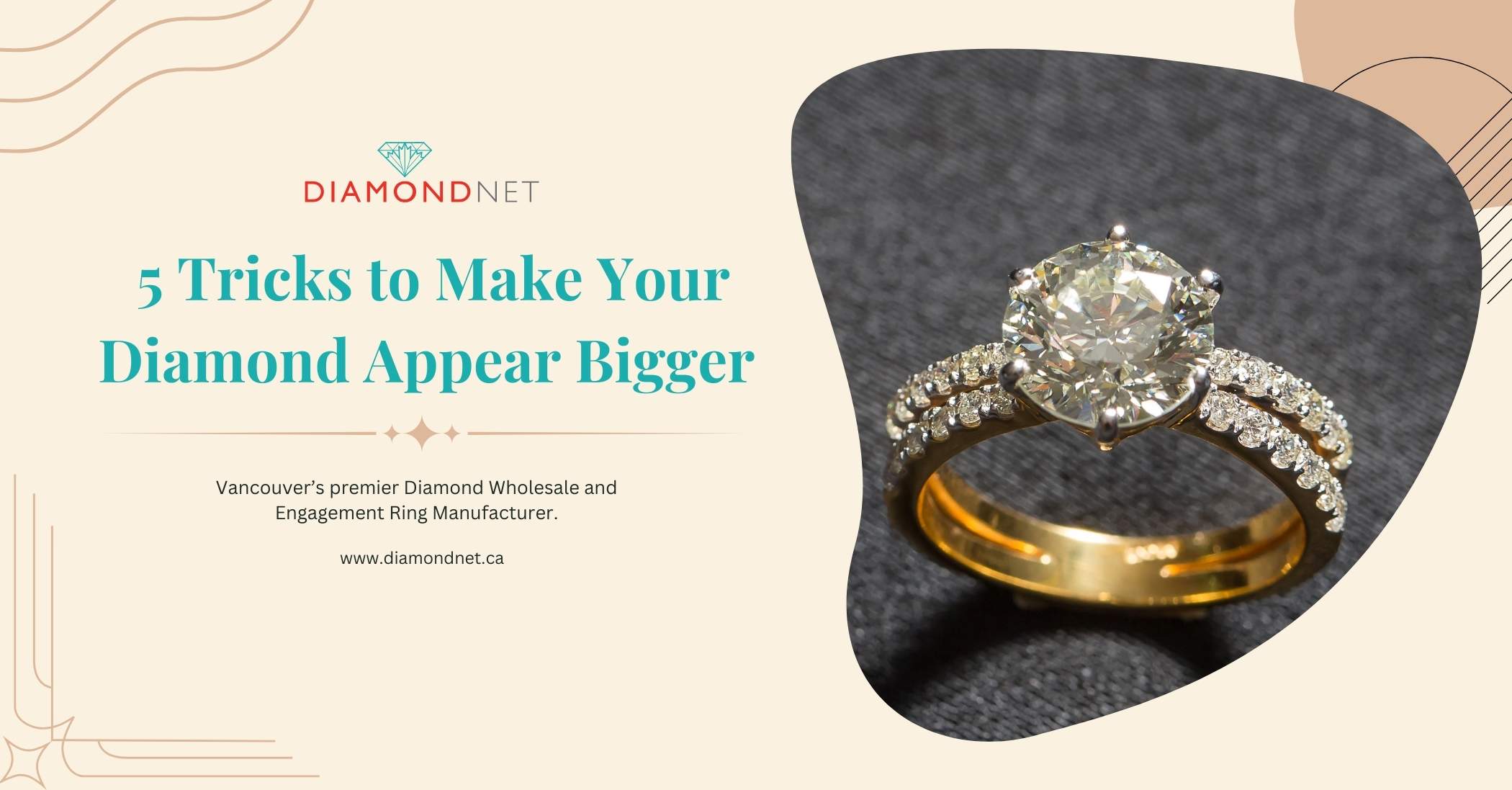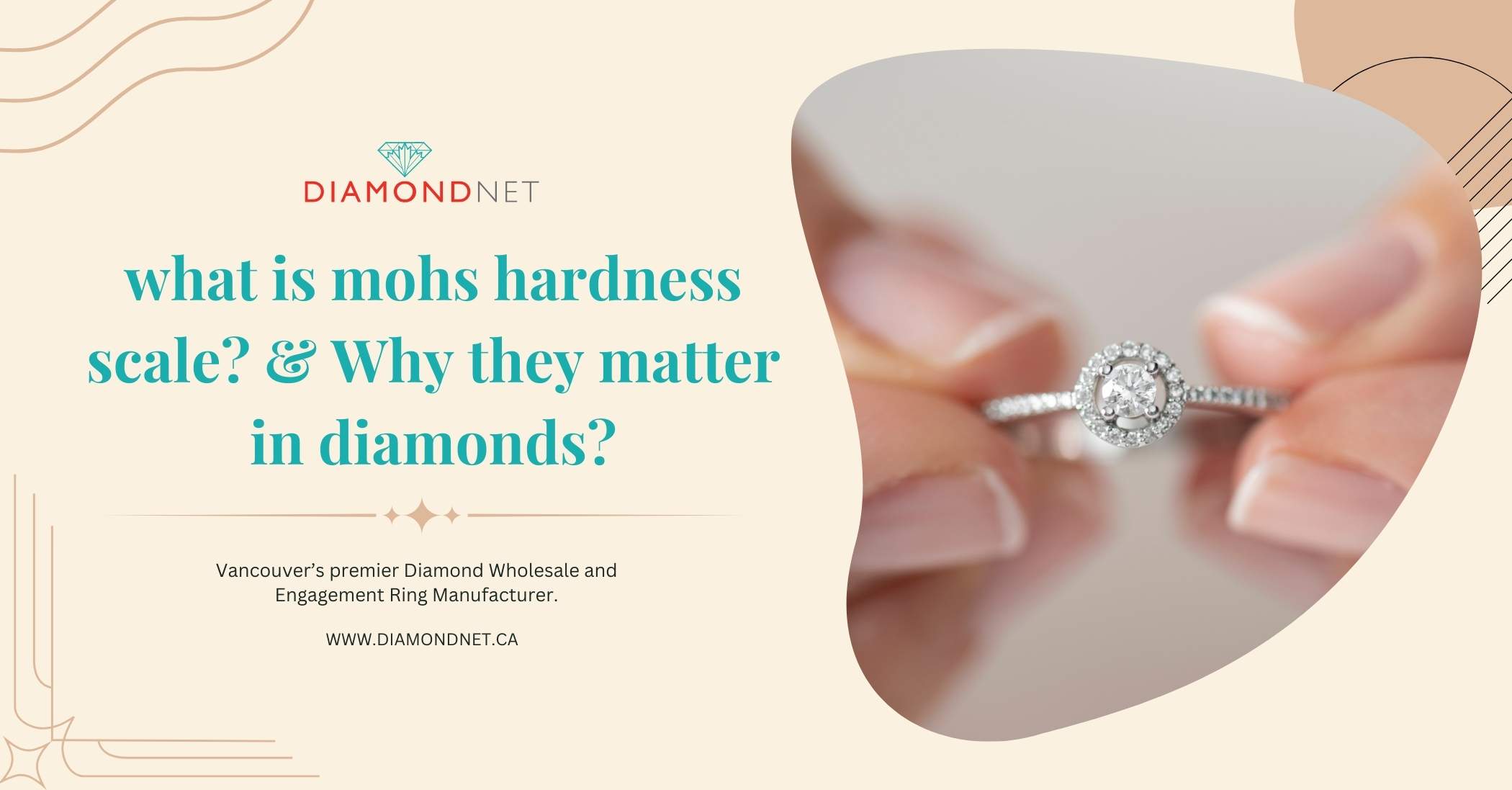Why Diamond Clarity Matters
The clarity of a diamond relates to the presence or absence of inclusions and blemishes. Inclusions are internal flaws, while external imperfections may occur on a diamond. These factors could affect the diamond’s appearance, brilliance, and overall value. The idea of clarity grades thus helps a person select a diamond that will balance reasonable beauty with affordability.
In other words, a high-clarity diamond will have fewer visible inclusions, enabling it to be more brilliant and sparkly. On the other hand, if there is a slight inclusion, this may hardly affect the look of a diamond, especially the larger stones. Knowing the clarity scale and your budget will allow you to pick a diamond that will satisfy your expectations without necessarily having to break the bank.
Understanding Diamond Clarity
What Does Clarity Measure?
Clarity refers to the inclusions-including internal imperfections and blemishes, which are external imperfections of the diamond. Inclusions and imperfections may obstruct light transmission through the diamond and, therefore, its brilliance or value.
The 4Cs: Why Clarity is Important
Clarity is one of the four Cs (Cut, Color, Clarity, Carat) determine a diamond's quality and value. A diamond with high clarity typically has fewer visible flaws, resulting in a more brilliant and sparkling stone.
How Inclusions Affect Appearance
Inclusions may interfere with light passing through the stone, reducing brilliance and sparkle. In fact, inclusions depend on the diamond's size, location, and overall quality. Some inclusions barely show, whereas others can greatly affect the diamond's appearance.
Popular Diamond Colors Explained
Pink Diamonds
Known for their romantic and feminine appeal, pink diamonds are highly sought after and can be pretty rare.
Yellow Diamonds
Offering a warm and sunny glow, yellow diamonds are a popular choice for those seeking a unique and vibrant color.
Green Diamonds
Green diamonds are a unique and eye-catching option, often associated with nature and renewal.
Black Diamonds
Black diamonds have gained popularity recently with their modern and edgy appeal.
Ready to find your perfect diamond? Visit DiamondNet today and explore our exquisite collection of engagement rings, wedding bands, and loose diamonds. Our expert team is dedicated to providing personalized guidance and exceptional service.
Diamond Clarity Grades Explained
Flawless (FL) and Internally Flawless (IF)
These grades provide the highest degree of clarity, with no inclusions or blemishes visible when examined under 10x power magnification. Flawless diamonds are scarce and highly expensive. They have minor surface blemishes but no internal inclusions.
Very Very Slightly Included (VVS1 and VVS2)
VVS includes minute inclusions, which are extremely difficult to detect even under 10x magnifications. They provide brilliance and excellent clarity; the naked eye often cannot easily differentiate them from flawless diamonds.
Very Slightly Included (VS1 and VS2)
Slight inclusions in VS1 and VS2 diamonds are visible under 10x magnification but rarely affect the naked-eye appearance of the diamond. These grades offer the best value, making them ideal choices for consumers who want a beautiful diamond without having to pay the premium price of a flawless or internally flawless stone.
Slightly Included (SI1 and SI2)
Inclusions in SI1 and SI2 diamonds are visible at 10x magnification, and sometimes, they can be seen with the naked eye. The location and size of these inclusions determine the diamond's appearance. However, there are plenty of eye-clean SI1 and SI2 diamonds where inclusions cannot be seen with the naked eye.
Included (I1, I2, I3)
Included diamonds may have inclusions that are visible at times and affect their transparency and brilliance. It would help if you considered the inclusions and their overall effect on the diamond's appearance.
The Relationship Between Clarity and Price
Higher Clarity, Higher Price
Clarity grades such as Flawless and Internally Flawless result in greater added value to the diamond due to its extreme rarity and pleasing appearance. These diamonds barely show inclusions or blemishes; they are in high demand and sell above par.
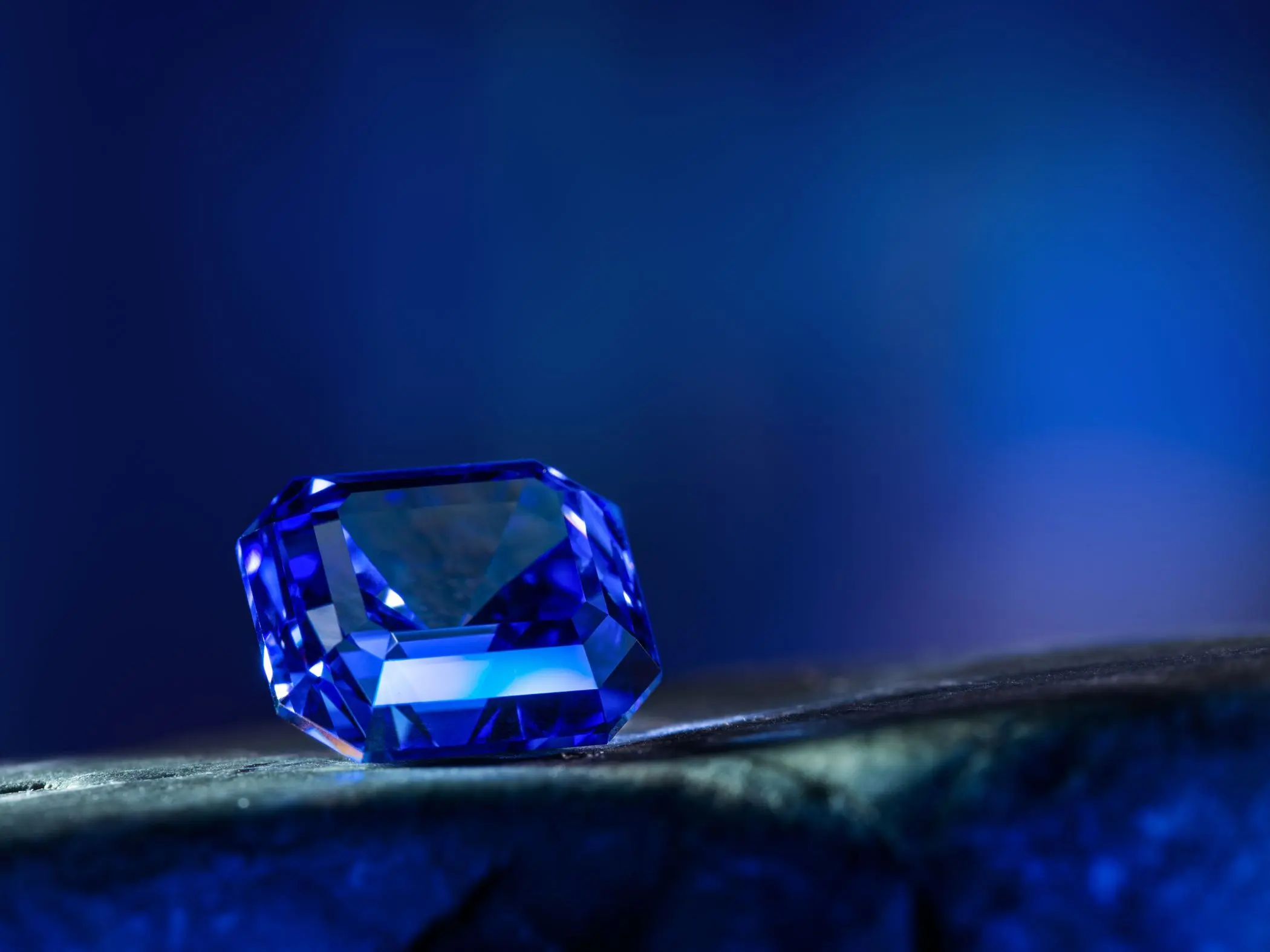
Value in Lower Clarity Grades
While flawless diamonds are the most popular, lower clarity grades like VS and SI can provide some excellent values. Inclusions in these diamonds are typically not visible to the naked eye, giving you a beautiful but somewhat less expensive stone. Sticking to clarity grades closer to being considered ‘eye-clean,’ you’ll find that diamond that best balances quality and price.
Balancing Clarity with Budget
All four Cs of the diamond must be considered when choosing a diamond: Cut, Color, Clarity, and Carat. There is no doubt that clarity is an essential factor, but again, not the only factor. You can balance clarity with other factors to find a satisfactory diamond within your budget.
Find Your Perfect Diamond Cut Today
Choosing the Best Clarity for Your Diamond
Consider the Diamond Size
The larger the diamond, the more likely it is to show inclusions, so clarity becomes more important with larger stones. Generally speaking, if you want a bigger diamond, it's usually suggested that you go for a higher clarity grade such that the inclusions will not be noticeable.
Impact of the Setting
The setting may mask the inclusions in the diamond. Some types of settings, such as a prong setting, lower the apparent flaws. If you are concerned about inclusions, consider selecting a setting that can disguise them.
Finding the Right Balance
The best clarity grade for you depends on several factors, including your budget, personal preferences, and the overall size and style of the diamond. Carefully considering the above factors provides clarity grades that balance appearance, value, and affordability.
Start your journey to finding the perfect diamond today. Visit DiamondNet and explore our exquisite collection of engagement rings, wedding bands, and loose diamonds.
Certified Clarity Grading
Why Certification Matters
A clarity grade from a well-known laboratory assures quality and value, as it is assured that it has been appropriately graded by experienced gemologists based on standardized grading criteria.
Trusted Certification Bodies
The Gemological Institute of America (GIA) and the American Gem Society (AGS) are two of the diamond industry's most trusted and respected organizations. They employ qualified gemologists who use advanced technology to accurately grade diamonds based on color, cut, clarity, and carat weight.
When purchasing a diamond, look for a certificate from a reputable laboratory to ensure you get a genuine and high-quality stone.
Key Factors in Diamond Clarity
Size of Inclusions
Larger inclusions are more likely to be visible to the naked eye, reducing the diamond's clarity grade.
Number of Inclusions
Generally speaking, the more inclusions a diamond has, the lower the clarity grade. This is because inclusions can "block" some light entering the diamond and reduce its brilliance and appearance.
Position of Inclusions
Inclusions towards the center of the diamond are more likely to be visible than those off-center.
Nature of Inclusions
Some inclusions, like clouds or feathers, may have a minimal effect, while others, like large crystals or fractures, can significantly reduce clarity.
Visibility of Inclusions
Inclusions visible to the naked eye can significantly affect a diamond's clarity and appearance.
Let our expert team guide you through the diamond-buying process. Schedule a consultation with DiamondNet today and discover your dream diamond.
How is Diamond Clarity Graded?
The cut of a diamond is one of the most critical factors in determining its beauty and value. A well-cut diamond maximizes its brilliance and fire, making it sparkle and shine. Understanding the key characteristics of a well-cut diamond can help you select the perfect stone for your needs.
Magnification and Visibility
Diamond clarity is assessed by gemologists using a 10x loupe to examine the diamond for inclusions and blemishes. The ability to detect flaws under magnification is a key factor in determining the clarity grade.
Size and Number of Inclusions
A diamond's size and number of inclusions significantly impact its clarity grade. Larger and more numerous inclusions are more likely to be visible and reduce the diamond's overall appearance.
Location of Flaws
Inclusions near the diamond's center are more likely to affect its clarity than those near the edges. Flaws near the girdle (the outer edge) are generally less noticeable.
Impact on Brilliance
Inclusions may interfere with light as it travels through the diamond, arguably affecting brilliance and sparkle. The greater the inclusions' size or number, the more likely they will seriously affect the diamond's appearance.
Certified Grading
Reputable laboratories, including the Gemological Institute of America, use standardized clarity grading systems to determine diamond clarity. A clarity grade from a certification process ensures quality and, hence, the value of the diamond.
How a Diamond's Shape Impacts Its Clarity
Diamond cut is a significant factor in determining a diamond’s price. A well-cut diamond can significantly enhance its brilliance and value, while a poorly cut diamond can diminish its appeal. Understanding how diamond cut influences price can help you make informed decisions when purchasing a diamond.
Brilliant-Cut Diamonds Hide Inclusions Better
Known for their exceptional brilliance, round and princess-cut diamonds can effectively hide inclusions due to their numerous facets.
Step-Cut Diamonds Show Inclusions More Clearly
Because emerald and Asscher cuts are open and have fewer facet designs, they tend to show more inclusions. A well-cut step-cut diamond would also help minimize the appearance of flaws.
Fancy Shapes Can Vary
In pear, marquise, and other fancy shapes, inclusions may be more or less forgiving depending on the particular cut and the flaw's location. Some cuts may be more or less forgiving of inclusions than others.
Cut Quality vs. Clarity
A well-cut diamond, regardless of its shape, can help minimize inclusions' visibility. A good cut maximizes light return, creating a more brilliant and sparkling diamond that can distract from flaws.
